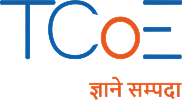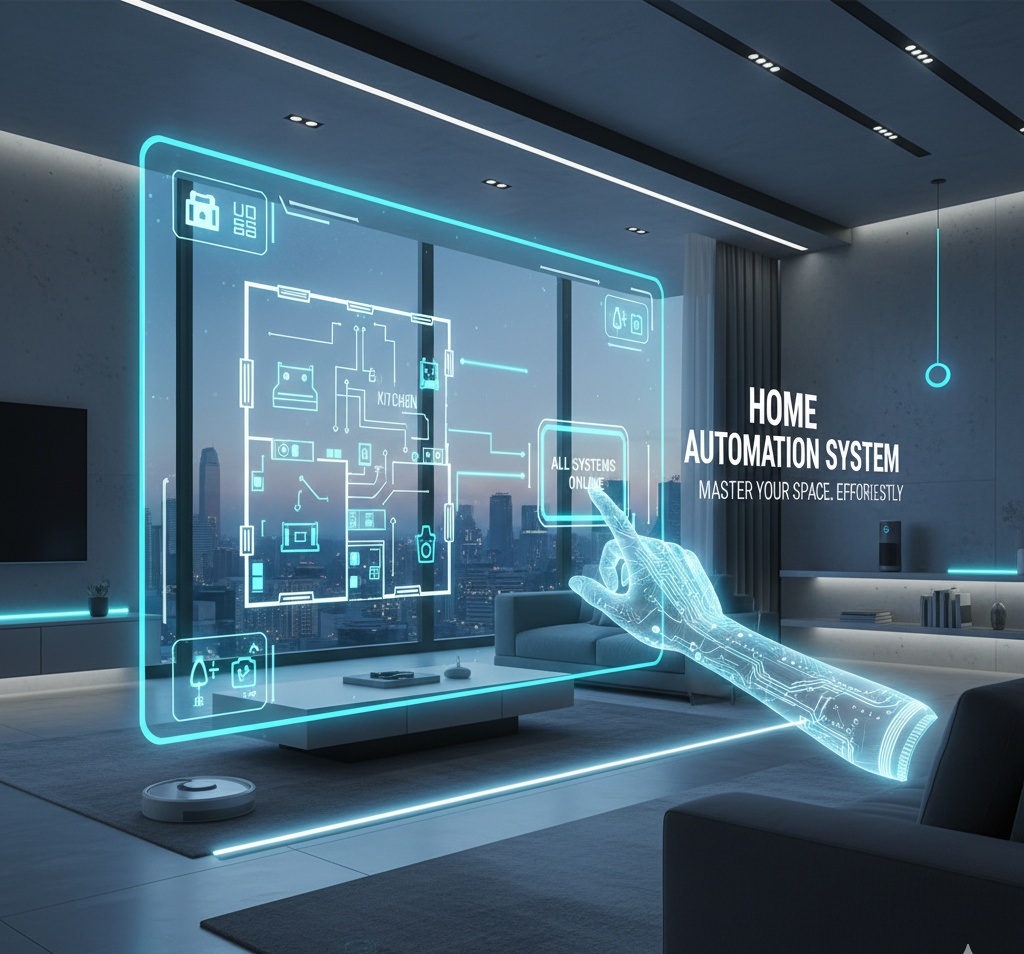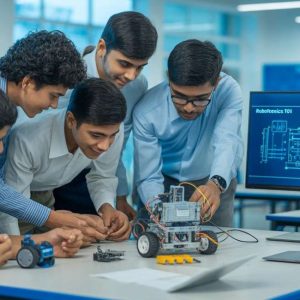The IoT-Based Automation System course introduces learners to the modern world of smart living through technology-driven control and automation. It covers how to design and implement systems that manage lighting, appliances, security, energy, and entertainment devices using microcontrollers, sensors, and IoT platforms. Learners will gain hands-on experience in integrating hardware and software to create intelligent home environments that enhance convenience, safety, and energy efficiency. This course is ideal for those interested in IoT applications, embedded systems, and smart technology innovations.
- 72 Hours (2 Weeks Full-Time)
- Hindi, English
- Learn & Get Certified
- Basic & Intermediate
- Hands-On Training
About this course
The IoT-Based Automation System course offers an exciting exploration into how technology transforms ordinary homes into intelligent, connected spaces. Through a blend of theory and practical application, learners will discover how electronic devices, sensors, and IoT platforms work together to automate household functions. From controlling lights and appliances to managing security and energy systems, this course empowers learners to design and implement smart solutions that make modern living more efficient, secure, and convenient.
This course provides essential knowledge and practical training to build industry-relevant skills.
Fees: ₹3500, ₹2000 (incl. GST)(Excluding tools & equipment cost)
Certification: TCoE
Duration: 72 Hours (Spread over 2 weeks full-time; 6 Hrs. per day; 5 Days per week)
What you'll learn
After this course you will be able to:
- Introduction to Smart Homes: Understand the concept, components, and benefits of home automation systems.
- Microcontroller Integration: Learn how to use Arduino, Raspberry Pi, or similar boards for controlling home devices.
- Sensor and Actuator Applications: Explore how sensors detect environmental conditions and actuators perform automated actions.
- IoT Connectivity: Gain knowledge of wireless communication protocols such as Wi-Fi, Bluetooth, and Zigbee for device interconnection.
- Energy Management: Discover how automation helps optimize energy usage and improve efficiency.
- Mobile and Voice Control: Learn to design systems controllable via smartphones and voice assistants.
- Safety and Security Automation: Develop smart security solutions like motion detection, door locks, and surveillance integration.
- System Design and Implementation: Build and test your own home automation prototype integrating hardware and software components.
Course Content
How to use online TCoE platform?
Advantages of this course
Tools and Equipment required
National Skill Development Mission
Module 1: Introduction to IoT and Automation Concepts (6 Hours)
- Covers the basics of IoT architecture, components, and its application in automation.
- Learners understand how devices communicate through sensors, actuators, and the cloud.
- Introduces the difference between manual, semi-automatic, and fully automated systems.
Module 2: Microcontrollers and IoT Hardware Platforms (8 Hours)
- Introduces ESP32, NodeMCU, Arduino UNO, and Raspberry Pi.
- Learners explore their GPIOs, ADC/DAC pins, and peripheral connections for automation control.
- This module includes environment setup in Arduino IDE and firmware uploading.
Module 3: Sensors, Actuators, and Relay Control Systems (8 Hours)
- Focuses on sensor-based automation: PIR, DHT11, LDR, ultrasonic, gas, and soil moisture sensors.
- Learners control devices using relays, motor drivers, and servos.
- Demonstrates 2-channel relay modules for AC/DC switching.
Module 4: Communication Protocols and IoT Connectivity (8 Hours)
- Explains how IoT devices communicate via Wi-Fi, Bluetooth, and MQTT.
- Learners build basic communication programs for data exchange between nodes and the cloud.
- Includes MQTT broker setup using Mosquitto or Adafruit IO.
Module 5: Designing IoT-Based Control Circuits (8 Hours)
- Hands-on circuit design for automation projects — motion-activated lighting, temperature-controlled fans, and smart irrigation.
- Learners develop logic-based control using sensors and actuators integrated with microcontrollers.
Module 6: Cloud Platforms and Dashboard Development (10 Hours)
- Students use Blynk, ThingsBoard, or Firebase to visualize sensor data and control appliances remotely.
- They create mobile dashboards for ON/OFF control, automation triggers, and real-time data logging. Includes Google Assistant or Alexa integration.
Module 7: Smart Automation Projects (Home/Industry/Agriculture) (10 Hours)
Implementation of real-time projects:
- Smart Home Lighting and Fan Control
- Industrial Motor Control and Monitoring
- Smart Irrigation with Soil Moisture and DHT Sensors
Students work in teams to integrate hardware and cloud systems for complete automation.
Module 8: Data Logging, Alerts, and Security Integration (6 Hours)
- Covers data recording using Google Sheets API, ThingSpeak, or Firebase.
- Students implement email/SMS alerts for anomalies (like overtemperature or intrusion).
- Introduces basic security layers such as HTTPS and authentication keys.
Module 9: Case Studies and Capstone Project (6 Hours)
- Learners study real-world IoT automation deployments (smart buildings, industries, and greenhouses) and develop a capstone project integrating multiple sensors, relays, and cloud connectivity for remote automation.
Module 10: Assessment and Certification
- Final evaluation includes a practical test, viva, and project presentation.
- Certified participants demonstrate expertise in developing and deploying IoT-based automation systems.
Browse Online Drones Certificates
Find new interests and advance your career opportunities!
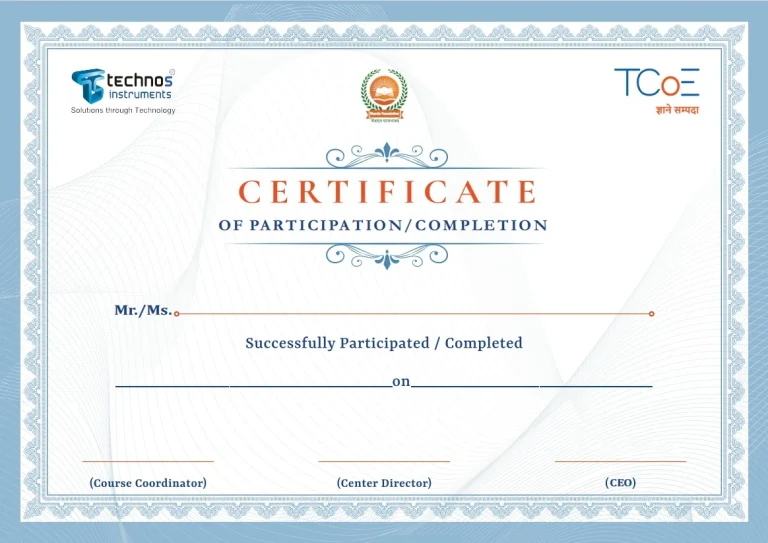
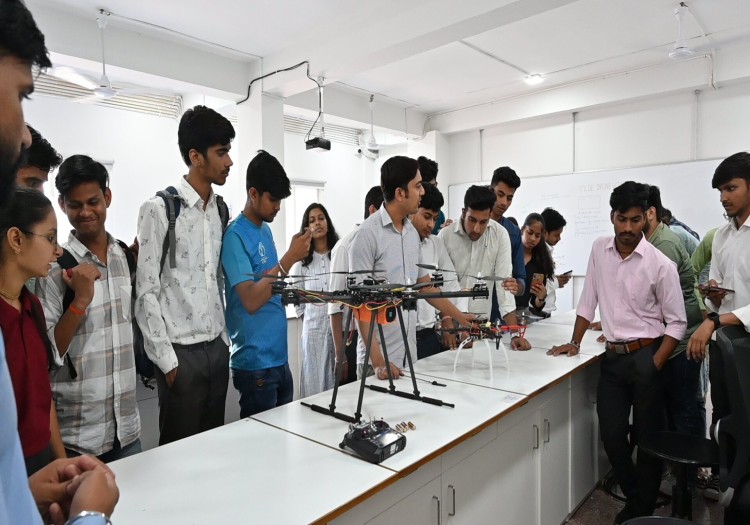


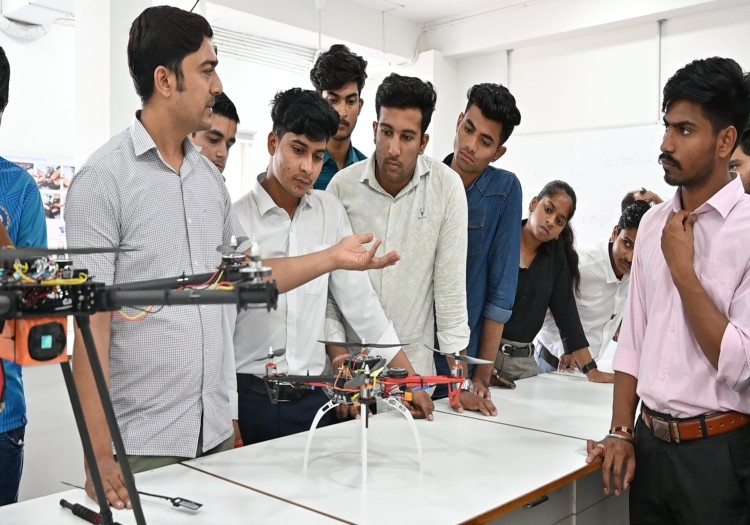

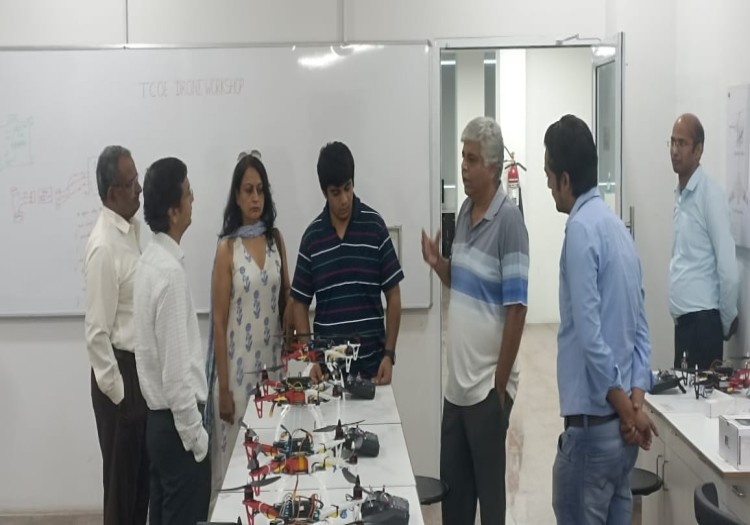
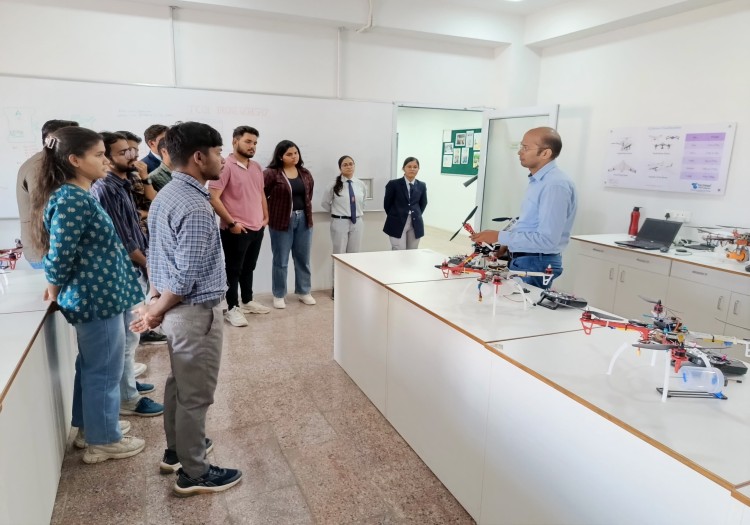
Browse Online Drones Certificates
Find new interests and advance your career opportunities!








ENROLL TODAY & GET 30% OFF ON ALL COURSES
Your Future Can’t Wait, Enroll Now and Save 30% On All Courses. Hurry Up Offer valid Till Diwali
Our Related Courses
See what our students have to say
With over a decade of experience, our mission is to produce future-ready skilled resources.
Smart Lighting Control System
The Smart Lighting Control System is one of the most exciting components of the IoT-Based Automation System course. It focuses on designing and implementing intelligent lighting solutions that automatically adjust brightness or switch lights on and off based on motion detection, time of day, or user preferences. Learners explore how to integrate sensors, microcontrollers, and wireless communication to create energy-efficient and convenient lighting systems. This topic demonstrates how automation enhances comfort, reduces energy consumption, and brings smart living to everyday spaces.
Job Opportunities
Here are some interesting job opportunities after completing the IoT-Based Automation System course:
Home Automation Engineer – Design, install, and maintain smart home systems integrating IoT devices, sensors, and controllers.
IoT Solutions Developer – Create customized automation applications for lighting, appliances, and security management.
Embedded Systems Technician – Work on microcontroller-based systems that power home automation devices.
Smart Device App Developer – Develop mobile or web interfaces for controlling and monitoring smart home components.
Smart Security System Designer – Build and implement automated surveillance, door lock, and alarm systems for enhanced home safety.
Automation System Integrator – Combine different technologies and platforms into seamless, user-friendly automation networks.
IoT Network Specialist – Manage and secure wireless communication between interconnected smart devices.
- R&D Engineer – Smart Living Solutions – Innovate and develop next-generation home automation products and systems.
Frequently asked questions
What is the main focus of the IoT-Based Automation System course?
The course focuses on designing and developing smart systems that automate household functions such as lighting, appliances, energy management, and security using microcontrollers, sensors, and IoT technology.
Do I need prior technical knowledge to join this course?
Basic knowledge of electronics and programming is helpful but not mandatory. The course starts with fundamentals and gradually builds toward advanced automation concepts.
What kind of projects will I work on during the course?
You’ll get hands-on experience creating prototypes like smart lighting systems, automatic door locks, temperature monitoring, and app-based home control interfaces.
Which technologies are covered in this course?
You’ll learn about Arduino and Raspberry Pi platforms, wireless communication (Wi-Fi, Bluetooth, Zigbee), IoT integration, sensors, and cloud connectivity.
Can this course help me in my career?
Yes! It opens doors to roles like IoT Engineer, Automation Developer, Embedded Systems Technician, and Smart Home Designer — all in the rapidly growing IoT and automation industry.
